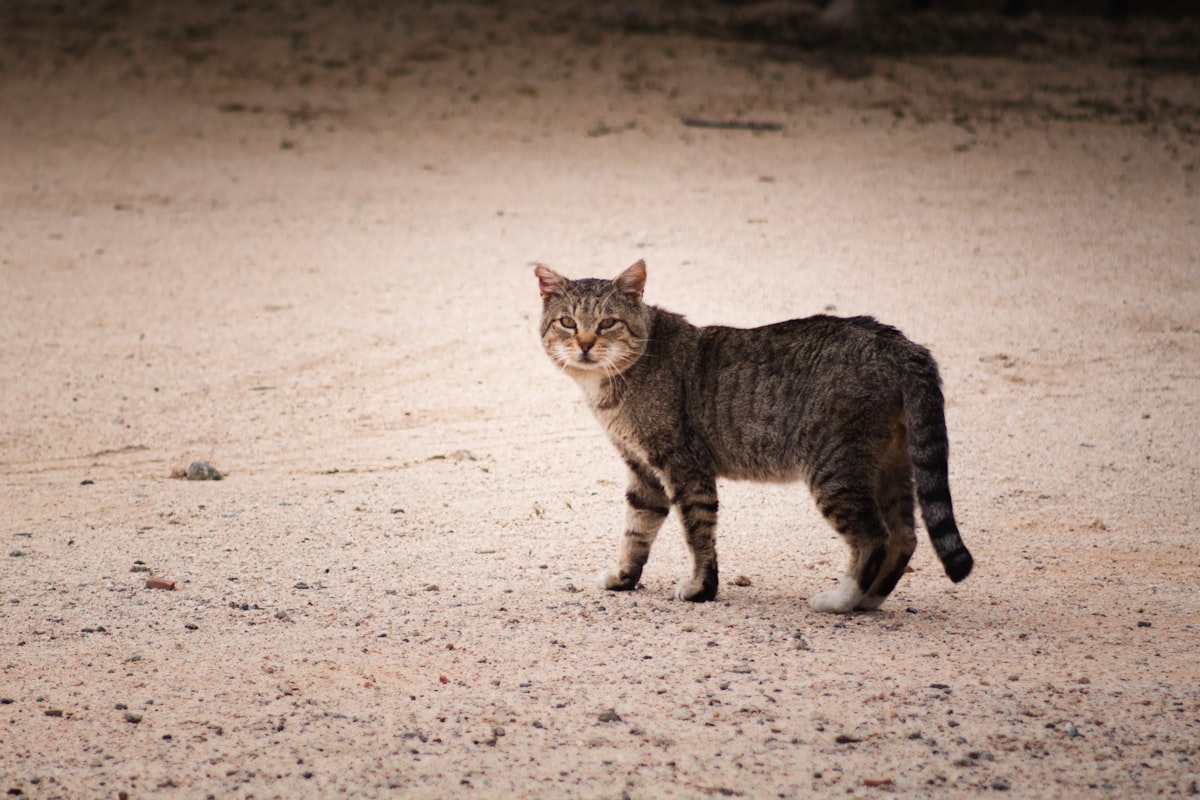The Feeding of Strays
And now they are gone. No more 3 AM meowing, no more silly old ladies and their stinking food going pstpsptpstp any more.

For the first time since he moved here, his neighborhood is silent at dusk. The alleyway behind his house is empty. He smiles to himself.
He had called the council three times in the past week. Four emails before they did anything. A stray cat here and there he could tolerate: he had nothing against animals. But then the cat feeders–piles of canned fish, steamed chicken, rice—how did these cats eat better than he did—trails of ants, the cockroaches, piles of shit. Once, an entire chicken wing disappeared off his dining table. He was sure it had been a cat. Something had to be done, you see. The goddamn yowling fighting spitting every night–on and on. What did they think this place was? Good, hard-working citizens paid to live here. Some people did not know how to respect the neighborhood. Like the hunched lady from block 33, she could barely walk, every morning and evening hobbling around with her basket on wheels stuffed with cans of food, plastic bags and god-knows-what. The other one with the white shaved head in the cargo shorts with her kibble in her backpack. He knew all seven of them. Had photographic evidence. Threatened to post their pictures around if they did not stop, or send them to the police. But no amount of screaming or threats deterred the feeders. Something had to be done. Someone had to do it.
And now they are gone. No more 3 AM meowing, no more silly old ladies and their stinking food going pstpsptpstp any more. No more—
A pspspsp in the distance. A whisp of a tail. He spins around.
A rumbling, crescendoing of meows. From around his block rolls a giant swirling mass of fur and eyes and arms: a biblical angel made of cats and women–every cat and cat feeder in his neighborhood melded, locked together. Tails fused onto human thighs fused onto cat torsos: a seething throbbing ball of human and animal flesh the size of a truck—he tries to scream but there is a set of teeth around his vocal chords. The meowing is deafening. A hundred pairs of paws and arms hug him into the spinning ball of flesh—there are human teeth sinking into his ribs—the scraping of uncountable little tongues around the holes where his blood leaves his rag doll body. Painted nails, piercing skin, claws in his eye sockets—darkness.
8 PM is feeding time. They feast.
Stephanie Dogfoot is a writer, performer and event producer based in Singapore. Their first poetry collection Roadkill for Beginners (Math Paper Press) was published in 2019. They welcome any and all bugging/encouragement to finish their second one at @stephdogfoot on all the socials.



